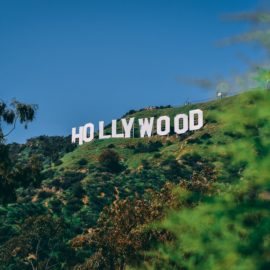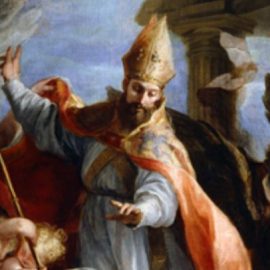

This article is an excerpt from the Shortform book guide to "Greenlights" by Matthew McConaughey. Shortform has the world's best summaries and analyses of books you should be reading.
Like this article? Sign up for a free trial here .
What is the McConaissance? How did it change the course of Matthew McConaughey’s career?
The McConaissance is a term that refers to Matthew McConaughey’s move from playing male leads in rom-coms to playing serious, more complex characters. Dallas Buyers Club was the movie that ushered in the McConaissance.
Read more about the McConaissance and Dallas Buyers Club below.
Dallas Buyers Club and the McConaissance
Back in 2007, Matthew had obtained the rights to the screenplay for Dallas Buyers Club, and ever since then had wanted to play the lead role of Ron Woodroof. At the time, though, he couldn’t find a director or producers (for financing) who’d sign on to such a serious film with a rom-com actor like himself in the lead. But now, in January 2012, after his rebranding, it wasn’t such a crazy idea. In fact, it was a dynamite one, and he couldn’t wait to execute it.
First, he secured the Canadian director Jean-Marc Vallée, director of C.R.A.Z.Y., which Matthew loved. Then he began losing weight to play Woodroof. For five months, he lost two and a half pounds a week by eating a diet of three egg whites for breakfast and five ounces of fish plus a cup of steamed vegetables for lunch and dinner, supplemented by all the wine he wanted. He also studied Ron Woodroof’s life carefully and started trying to get inside the man’s headspace. To this end, he traveled to meet the man’s sister and daughter, and they told him all about Ron, showing Matthew old VHS tapes and letting Matthew read Ron’s diary. During this preparation, Matthew found his extreme weight loss—from 182 to 135 pounds—created an intensely focused mental state that helped him prepare for the role.
Despite the fact that his agent said there was no money for the project, Matthew insisted during preproduction that Dallas Buyers Club would shoot in the fall of 2012. When the time finally rolled around, he, Vallée, and the producers had managed to raise only $4.9 million of the projected $7 million budget. Even so, they agreed that they would go ahead and start filming, confident that the rest of the money would eventually appear. But in the end, it didn’t. They made the movie in 25 days for $4.9 million.
Dallas Buyers Club was released in 2013 to a burst of Oscar buzz, which added momentum to a term that the press had started using some months earlier to refer to Matthew’s cinematic resurgence: The McConaissance. Unbeknownst to anybody but him, this was actually a word that he had made up himself and fed to a journalist at that year’s Sundance Film Festival, saying that he had just “heard” it from some other writer. This proved a successful ploy. The term stuck, and everybody started using it. And now, with people chattering about the Oscar-winning potential of the lead performance in Dallas Buyers Club, it appeared the Matthew McConaughey Renaissance was only just getting started.

———End of Preview———
Like what you just read? Read the rest of the world's best book summary and analysis of Matthew McConaughey's "Greenlights" at Shortform .
Here's what you'll find in our full Greenlights summary :
- How "greenlights" help you confirm if you're on the right path
- How McConaughey switched college choices because of family finances
- Why family is at the center of everything for McConaughey, no matter what's happening in his career






